Engine Company Operations – Riding Positions
One of the key components to an engine company’s success at the scene of a fire is a coordinated and consistent effort.
You must have a plan of attack and be trained and prepared to carry out the plan every time you hit the street.
Many departments have written standard operating procedures that clearly define the engine company’s objective
as well as each individual member’s responsibilities to achieve the objective. These SOP’s are trained on regularly
and carried out consistently to enhance the engines ability to achieve its primary mission.
Safe and efficient fire ground operations don’t happen by luck or chance; they happen when we provide clear
expectations and accountability. If your department does not have written standard operating procedures it will be
the responsibility of the officer in charge of the engine to assign each member’s function and objective at each incident.
THE NOZZLE FIREFIGHTER – MAKING THE STRETCH
The OIC of the engine company is responsible for determining the appropriate size line for the fire. After that
decision is made the success of the stretch will be determined by the nozzle firefighter.
The nozzle firefighter’s responsibilities:
1.Determine the location of your attack entrance
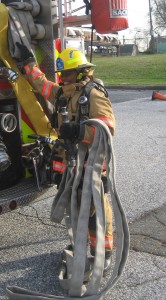
The line stretch includes the working hose and the travel hose. The success of the stretch will be determined by the nozzle firefighter.
.
Photo Courtesy: Bryan T Smith, Firefightertoolbox.com
2.Perform a stretch estimate to determine
• Amount of hose needed to reach the entrance
(travel hose)
• Amount of hose needed to reach the fire from the entrance
(working hose)
3.Determine where on the engine to start your stretch
• Pre-connected cross lay
• Pre-connected front bumper line
• Static line off the back step
4.Start your stretch with the appropriate amount of working hose
• Do not use your working hose to reach the attack entrance
• You will need it to reach the fire from the attack entrance
5.Deploy needed travel hose as you make your stretch
• This hose is used to navigate turns and obstacles
• To make sure you reach your attack entrance
6.Once you reach your attack entrance, stage your working hose
• Stage hose in a “U” shape in line with your attack entrance
• Place the 1st coupling next to the entrance
(50 feet of working hose for your advance)
• Make sure there are no kinks or snags in your working hose
In our next article we will discuss the nozzle firefighters role and responsibility when making the advance.

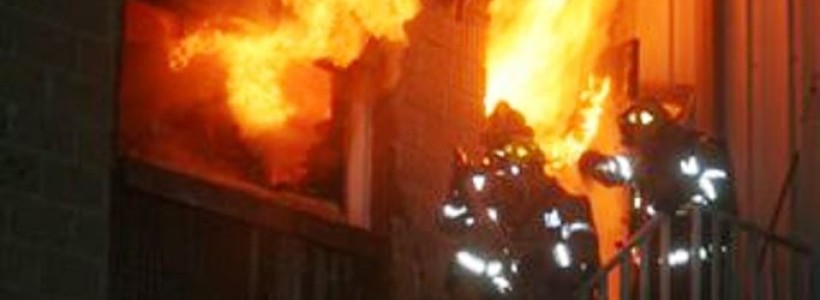
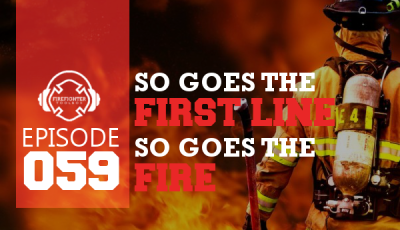
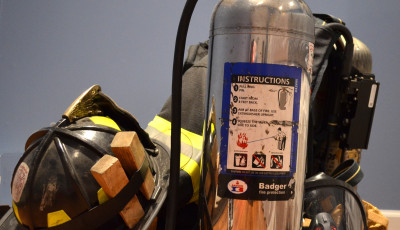
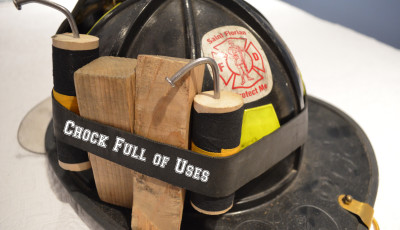
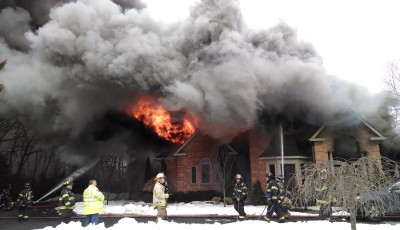
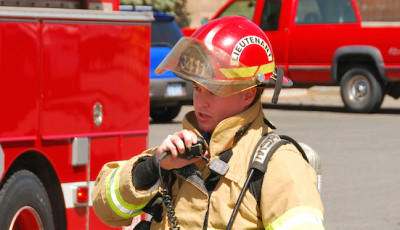
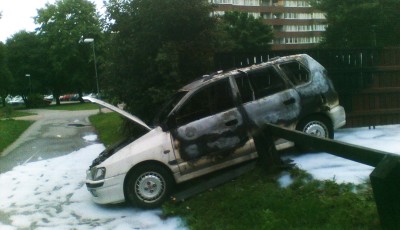




Pingback: Top 5 Engine Company Articles For 2013 | FireFighterToolBox